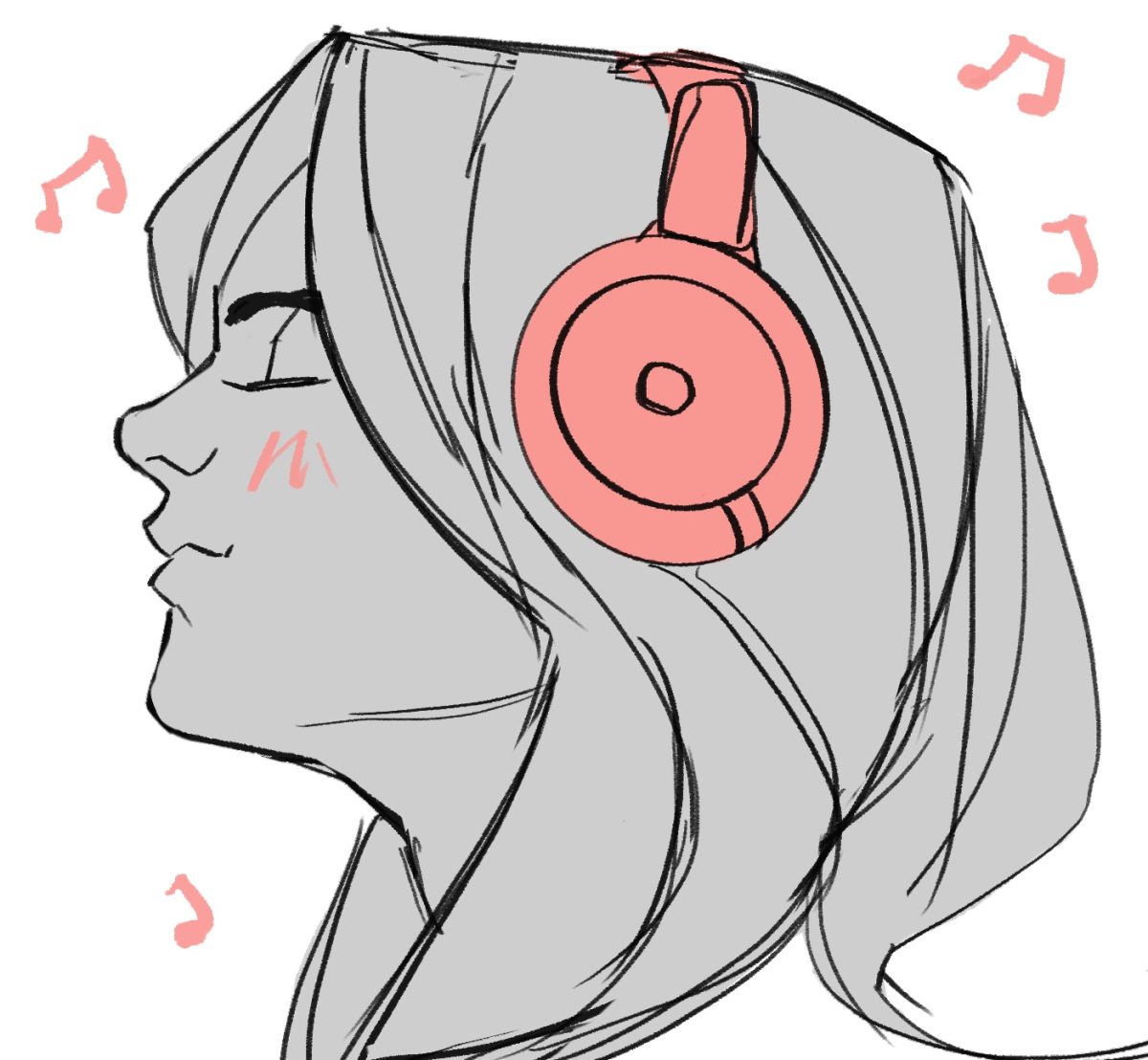On October 27 the world was given the gift of Pablo Picasso, one of the most world-renowned artists ever. Being one of the biggest and most influential painters of the twentieth century, this is a love letter to my favorite Picasso Periods and Eras as well as a short history of the man behind the myths as a personal tribute to him.
One of my favorite Picasso pieces actually isn’t a cubist work. It’s an early expressionism piece from 1901 with the simple title of “Self-Portrait” during his blue period. Its technique is reminiscent of Van Gogh’s in the way that the artist purposefully has the background and clothing of the subject be simple with less detail so the viewer is instantly drawn to the subject’s face; in that, there is much detail. Van Gogh’s 1887 self-portrait is very similar. You are drawn to the furrow in their brows, the long deliberate brush strokes that make up their beards, the hollowness of their eyes, and the shadows cast by their strong noses. Van Gogh is acclaimed as the father of Expressionism; self-portraits are always my favorite paintings to consume and create because of the depth, of course, emotion, but also the intention of casting yourself in a certain light, which encompasses a lot of Expressionism. Another similarity is the usage of yellow tints when casting their skin tones. The pallid and sunken cheeks due to ill health paired with unseen grief behind their eyes are contrasted by the blue in their backgrounds, more so in Picasso’s.
Moving on, the next is from his Rose Period era. His works from 1904-1908 are characterized as being more merry and bright with the use of warm colors and straying away from the portrayal of depression and poverty to entertainers of different kinds. The painting “The Actor” is for sure a transition piece between the two modes. Haunting visuals reminiscent of Francisco Goya’s works. While Goya wasn’t a primitivist this portrait has similarities to his “black paintings” with the contrast of darkness in the face and body with some warm colors used in either the background or body. The two paintings that I think of when seeing this painting are “Atropos” and “Saturn Devouring his Son”, both of which make use of playing with lighting, tints, and shades. All of these paintings present an eerie atmosphere due to the long-term personal suffering of the respective artists as well as the suffering experienced in their environment: poverty, depression, and the aura of death.
My next favorite piece is a sculpture that I had seen in person a few years ago. The Dali Museum in St. Petersburg, Florida had a guest exhibit showcasing some of Picasso’s work; one of the pieces was a cubist sculpture “Guitar.” I believe it to be an extremely underrated piece, as it is a three-dimensional representation of such a polarizing movement. I don’t want to compare this work to anything else, I feel as though it’d take away from it. Guitars have been a visual theme of Picasso’s since his blue period in the early 20th century. The instrument has multiple meanings in visual art; I believe that at 33 Picasso wanted to showcase himself: “Look at my life on this grand stage. I am no longer the instrument of grief for now I have gained skills and knowledge.” This could also, be similar to artists like Salvador Dali, the continuation of the symbol may be an homage to Spain, from where the instrument originated.
Toward the end of his life, he is often described as frantic and obsessed with creating more and more; Sparknotes describes it as him trying to “paint his way out of death”. I agree; in the 1957 painting “The Pigeons” Picasso seems to put away the negative feelings of his tumultuous frenemy-ship with Henri Matisse. The painting is most similar to Matisse’s “Landscape at Colliour.” Both have the same bright hues, with a frenzied and rushed application process that still delivers the result: a calming stillness that respectfully feeds off of one another’s work. When an artist can play off the ideas of another artist and make it their own — a skill I believe is necessary to have as an artist– it creates an amalgamation of that entire history between the two, one-sided or not.
I want this article to pay my respects to the artist; he pioneered one of the biggest art movements of the previous century, and what he’s done for the art world can’t be overstated. With over 50,000 works of art in his 91 years of life the man will never be forgotten. This article is just one drop in a sea of countless writings, I just hope I did my best to portray my few favorites from over the years.















